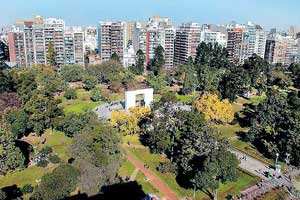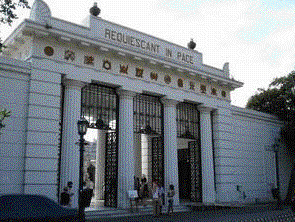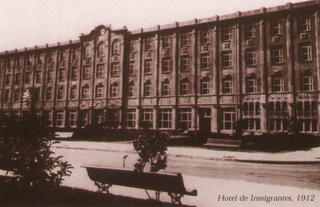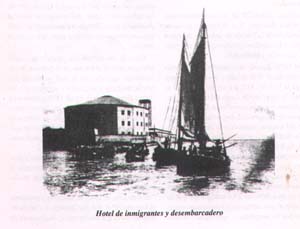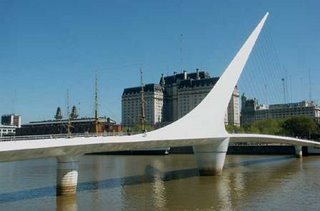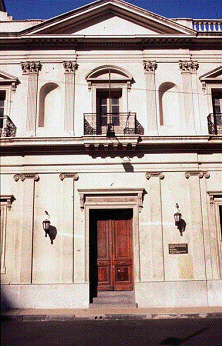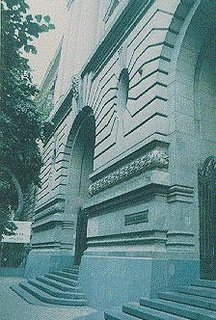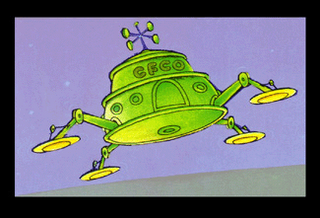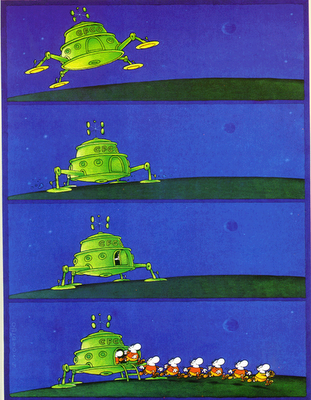Escuela del Parque (Caballito Neighbourhood)
Our school, Escuela del Parque, is located in Buenos Aires, Caballito Neighbourhood. Caballito is geographically situated in the centre of Buenos Aires. In its neighbourhood you can visit a lot of places of interest.
You can find Parque Rivadavia , which has a huge shop of numismatic articles. There is a street market where you can find books of many different topics: kids, men and women alike come to this street to buy books.
In Caballito there is a shopping mall, whose name is Shopping Caballito. There you can find a lot of clothes and toy shops.
In Caballito you find a lot of coffee shops. The cafés have television sets and play pens. Caballito has the longest street of the world, and its name is Rivadavia. Also is Cebra, the most important toy store.
The best-known bar is “Locos por el Futbol”, which is a café where you can watch football matches and eat choripans. ( a combination of bread and hot sausage)
Our most important futbol club, Ferrocarril Oeste, is an important part of our neighbourhood history, not only because of sports, but also as a place where people uses to socialize, organizing events, popular rock concerts, political meetings and so.
The other important place is Village Cinema, which has 5 floors and a restaurant. Last but not least, you can find one of the biggest shopping malls in Argentina, The Abasto, where you can find cinemas, a unique Children´s Museum and fun attractions.


